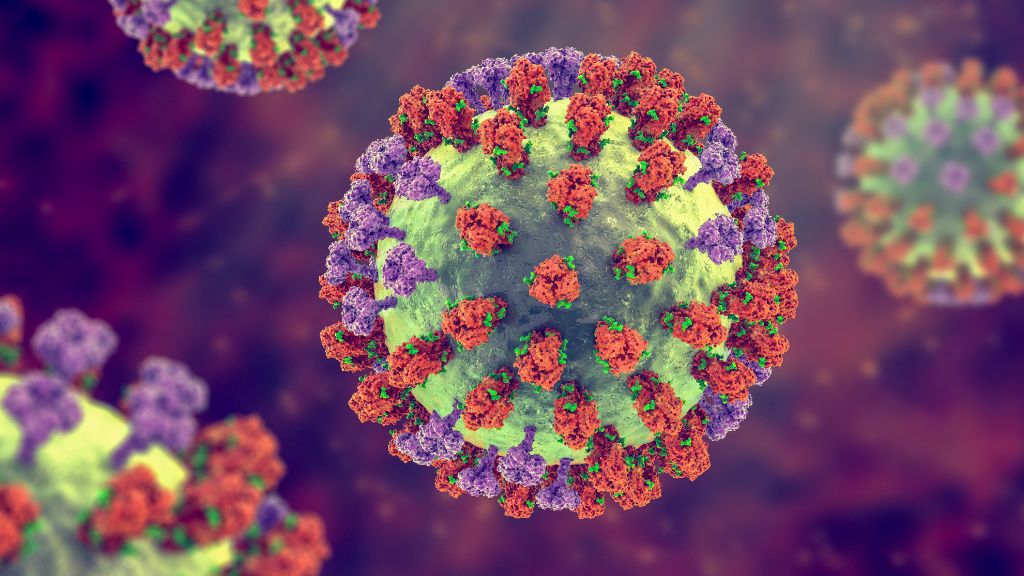
WASHINGTON — The National Oceanic and Atmospheric Administration is once again requesting a significant budget increase for future weather satellite programs after Congress cut its funding request for 2023.
In its fiscal year 2024 budget proposal, recently posted onlineNOAA requested $417.4 million for the Geostationary Extended Observations, or GeoXO, program of next-generation geostationary weather satellites. That program received $285 million in the fiscal year 2023 omnibus spending bill in December.
NOAA had requested much more funding for GeoXO in 2023: $653.8 million. In the omnibus bill, Congress said the smaller amount would be sufficient to complete ongoing formulation studies and award a development contract for an imager.
NOAA selected L3Harris to provide that imager March 13 in a contract valued at $765.5 million. NOAA plans to award a contract for a sounder instrument later this year. It said the funding it requested for 2024 would allow it to award contracts for the remaining instruments and the spacecraft themselves.
GeoXO is NOAA’s largest satellite program ever, with an estimated total lifecycle cost of $19.6 billion. That covers development of six satellites and their operations through the middle of the century.
NOAA received $301 million for the ongoing GOES-R series of geostationary weather satellites. It requested $276 million for the program in 2024, a planned reduction as the last of the four satellites in that program, GOES-U, is prepared for launch in April 2024.
The agency is also seeking additional funding for polar orbiting weather satellites. The proposal requests $342.4 million in fiscal year 2024 for the Polar Weather Satellites program, which includes the Joint Polar Satellite System (JPSS) series of satellites. That program received $183.5 million in 2023 after NOAA requested $350.2 million.
The funding would allow NOAA to continue work on the JPSS-3 and -4 satellites, currently scheduled for launch in late 2027 and late 2032, respectively. However, at a March 28 meeting of a committee of the National Academies’ Space Studies Board, Steve Volz, NOAA assistant administrator for satellite and information services, said the agency was considering swapping the order of those launches. That would allow more testing of a NASA instrument called Libera to measure solar radiation reflected by the Earth and thermal radiation emitted by it. Libera will be hosted on JPSS-3.
“We are talking about switching the timing on the launch dates to enable better testing of Libera prior to launch,” he said.
The successor to JPSS, formerly called LEO Weather Satellites in the NOAA budget, is now known as Near Earth Orbit Network (NEON). “It’s not going to be, if things work out the way we expect, large satellites but multiple small satellites,” Volz said. NOAA is requesting $133.6 million for NEON, up from the $96.4 million it received in 2023, to support work on a pathfinder mission called QuickSounder.
“Before we jump into a whole new architecture approach for building an essential function for the nation, we’ve got to test it out, and we’re testing it out with QuickSounder,” he said. That mission will demonstrate not only technologies but also the ability to develop spacecraft in three years, a fraction of traditional larger programs.
In space weather, NOAA is requesting $97.2 million for the Space Weather Follow On (SWFO) program, a planned decrease from the $136.2 million it received in 2023 as the SWFO-L1 spacecraft is prepared for launch as a rideshare on NASA’s IMAP mission in 2025 and a compact coronagraph instrument is flown on GOES-U.
NOAA is seeking an increase of $73.4 million for the Space Weather Next program, from $151.6 million in 2023 to $225 million in 2024. That would include a new satellite to succeed SWFO-L1 and an instrument flying on a European Space Agency spacecraft, Vigil, that would operate from the Earth-sun L-5 Lagrange point.
NOAA also hosts the Office of Space Commerce, which received $70 million of a requested $87 million in fiscal year 2023 to fund work on space traffic management, primarily a data repository now called the Traffic Coordination Space System (TraCSS). NOAA is requesting $88 million for the office in 2024 to continue development of TraCSS, with a goal of achieving initial operating capability by late 2024.

Jeff Foust writes about space policy, commercial space, and related topics for SpaceNews.He earned a Ph.D. in planetary sciences from the Massachusetts Institute of Technology and a bachelor’s degree with honors in geophysics and planetary science…More by Jeff Foust
Note: This article have been indexed to our site. We do not claim legitimacy, ownership or copyright of any of the content above. To see the article at original source Click Here













